Plant scientists at the Donald Danforth Plant Science Center and the HudsonAlpha Institute for Biotechnology have been awarded a four-year National Science Foundation (NSF) Enabling Discovery through GEnomics (EDGE) grant to advance their understanding of sphagnum moss, a crucial component of peatlands and a vital player in global ecosystems.
Tag: Carbon
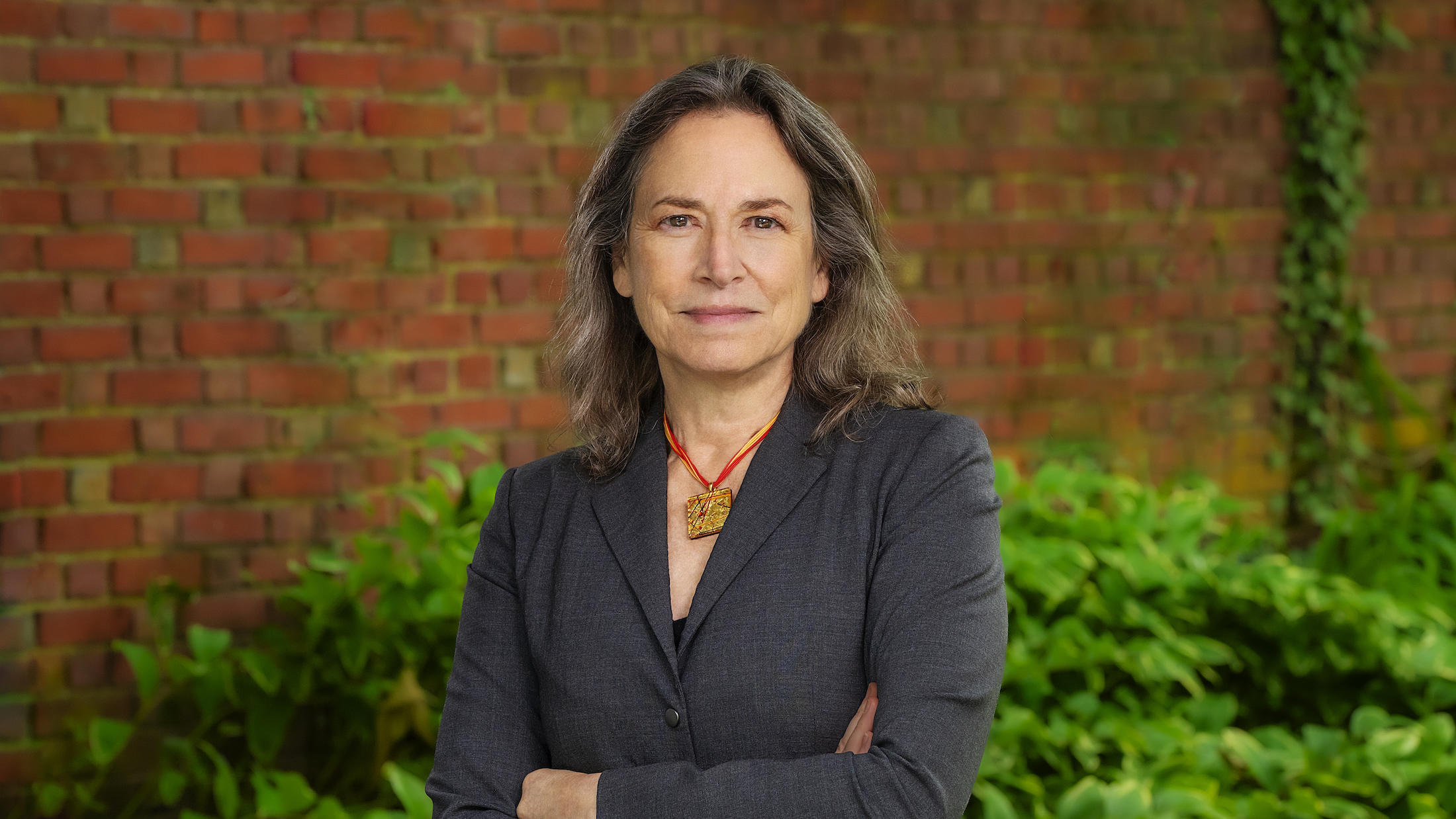
Emily Carter wins prestigious Marsha I. Lester Award from American Chemical Society
Nominees for the award must be members of the ACS’s physical chemistry division. The winner receives the award at the meeting, gives a research presentation, and receives an honorarium. Carter is just the second person to receive this newly established award.
Livestock manure is transformed into a bioresource enriched with carbon in just one day
Dr. Yoo Ji-ho and his research team from the Clean Air Research Laboratory of the Korea Institute of Energy Research (KIER) have developed a process that immediately converts livestock manure into biochar at livestock farms. Using the process developed by the research team, it is possible to convert 10 tons of livestock manure into biochar in a single day.
What drives a warming tundra to release carbon into the atmosphere?
Increased warming in tundra ecosystems is resulting the release of carbon into the atmosphere through ecosystem respiration, contributing additionally to climate change. A recent meta-analysis published Nature revealed factors that contribute to ecosystem respiration, including soil nitrogen concentration, pH and ratio of carbon to nitrogen.
GW Experts Available to Discuss New Report Linking 67 Countries & Companies to Most Carbon Dioxide Emissions Worldwide
Rachael Jonassen is an associate research professor of the Sustainable Urban Planning Program at the GW College of Professional Studies. Jonassen is also the Director of the Climate Change and Greenhouse Gas Management Program. Jonassen is an expert in greenhouse…
Africa is no longer the carbon sink of the world
In only nine years between 2010 and 2019, Africa has turned from being a net carbon sink, to being a net carbon source.
New composite decking could reduce global warming effects of building materials
Building materials are major contributors to global carbon dioxide emissions. So scientists have designed a composite decking material that stores more carbon dioxide than is required to manufacture it, providing the first “carbon-negative” option. They will present their results at ACS Spring 2024.
UMass Amherst scientists propose new method for tracking elusive origins of CO2 emissions from streams
A team of researchers from the University of Massachusetts Amherst that specializes in accounting for the carbon dioxide release by streams, rivers and lakes recently demonstrated that the chemical process known as “carbonate buffering” can account for the majority of emissions in highly alkaline waters.
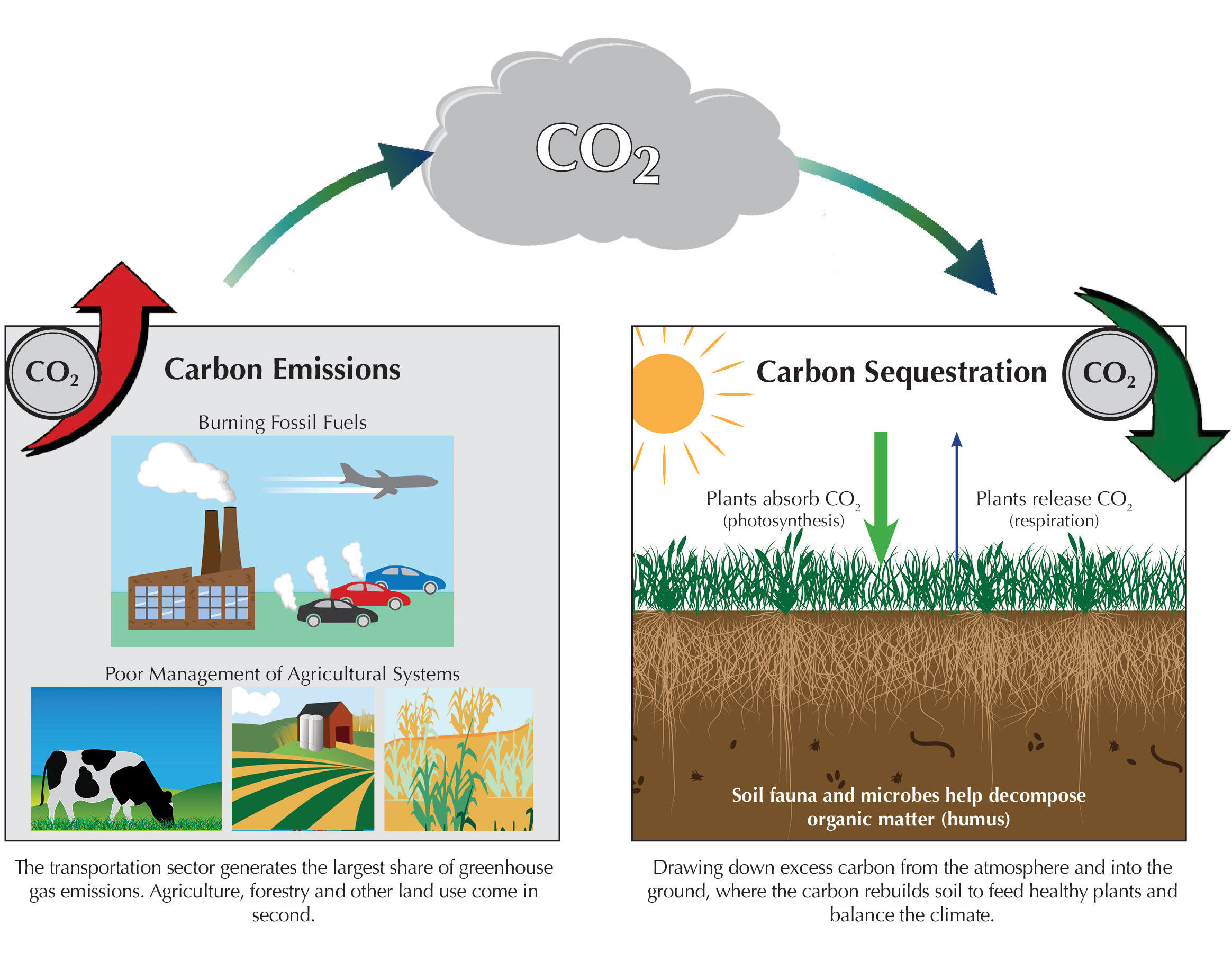
New study shows improved rangeland grazing management leads to substantial sequestration of carbon
CarbonSolve, leading global developer of rangeland carbon credits, announces results of a long-term study that presents the first evidence that improved grazing practices implemented at the scale of traditional pastoralist migrations can remove a significant volume of greenhouse gases to soil carbon.
Revolutionizing Batteries: Coffee Grounds Power High-Performance Sodium-Ion Anodes
This study unveils a breakthrough in battery technology, utilizing coffee grounds to produce high-performance P-doped hard carbon anodes for sodium-ion batteries. The optimal doping level of phosphorus (2M H3PO4) enhances electrochemical performance, resulting in a remarkable reversible capacity of 341 mAh g-1 at 20 mA g-1 and an 83% initial Coulombic efficiency. The material’s porous structure, increased interlayer spacing, and C-P bonds contribute to its outstanding performance, marking a promising advancement in sustainable energy storage solutions.
Two-dimensional compounds can capture carbon from the air
Some of the thinnest materials known to mankind may provide solutions to scientists in their quest to curb the effects of global warming.
How fish play a critical role in the oceanic carbon cycle
Three researchers from the University of Miami Rosenstiel School of Marine, Atmospheric, and Earth Science are conducting experiments to better determine the important role of fish play in the oceanic carbon cycle, studying everything from how much carbonate fish produce to the path of the minerals in the water column.

Carbon atoms coming together in space
Lab-based studies reveal how carbon atoms diffuse on the surface of interstellar ice grains to form complex organic compounds, crucial to reveal the chemical complexity in the universe.
Prioritizing Equity and Inclusion in Carbon Removal Policy
Carbon Removal Justice Fellows Program at American University is a first-of-its-kind initiative to educate early career professionals and scientists in the social dimensions of policy for carbon removal
Researchers want to use ‘biochar’ to combat climate change
A new review of research suggests that the nature-based technology biochar – a carbon-rich material – could be an important tool to use in agriculture to help mitigate climate change.
How a Record-Breaking Copper Catalyst Converts CO2 Into Liquid Fuels
Since the 1970s, scientists have known that copper has a special ability to transform carbon dioxide into valuable chemicals and fuels. But for many years, scientists have struggled to understand how this common metal works as an electrocatalyst, a mechanism that uses energy from electrons to chemically transform molecules into different products.
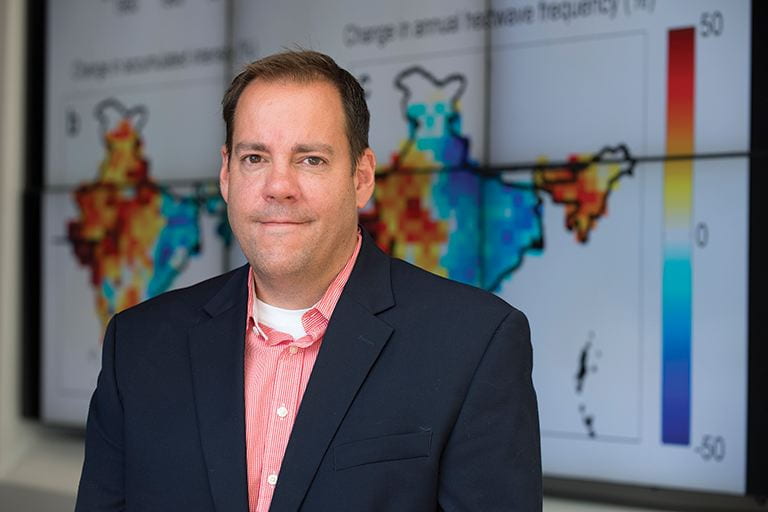
UC Irvine Earth system scientists plot pathways for climate-conscious air travel
With its high-carbon footprint, air travel challenges the goal set by many countries of stabilizing global mean temperature by the middle of the 21st century. The aviation sector could achieve net-zero carbon emissions by 2050 through a combination of technology and a change in habits, but it’s not going to be easy, according to Earth system scientists at the University of California, Irvine.
How do tidal marshes store carbon?
Plant life and soil conditions impact tidal marsh carbon storage
Starting small to better understand key steps in the carbon cycle
Soil microbes decompose organic matter into simple carbon compounds – what soil conditions do these microbes prefer and where do they work most efficiently?
Introducing a new solution to decode carbon and ecosystem service needs
American Society of Agronomy, Crop Science Society of America, and Soil Science Society of America proudly present a free, online source for unbiased, science-based information. The new platform is live, and it’s called Decode 6

UCI study finds 53 percent jump in e-waste greenhouse gas emissions between 2014, 2020
Greenhouse gas emissions into the atmosphere from electronic devices and their associated electronic waste increased by 53 percent between 2014 and 2020, including 580 metric tons of carbon dioxide in 2020 alone, according to University of California, Irvine researchers.
Attack on 2 fronts leads ocean bacteria to require carbon boost
The types of ocean bacteria known to absorb carbon dioxide from the air require more energy – in the form of carbon – and other resources when they’re simultaneously infected by viruses and face attack from nearby predators, new research has found.
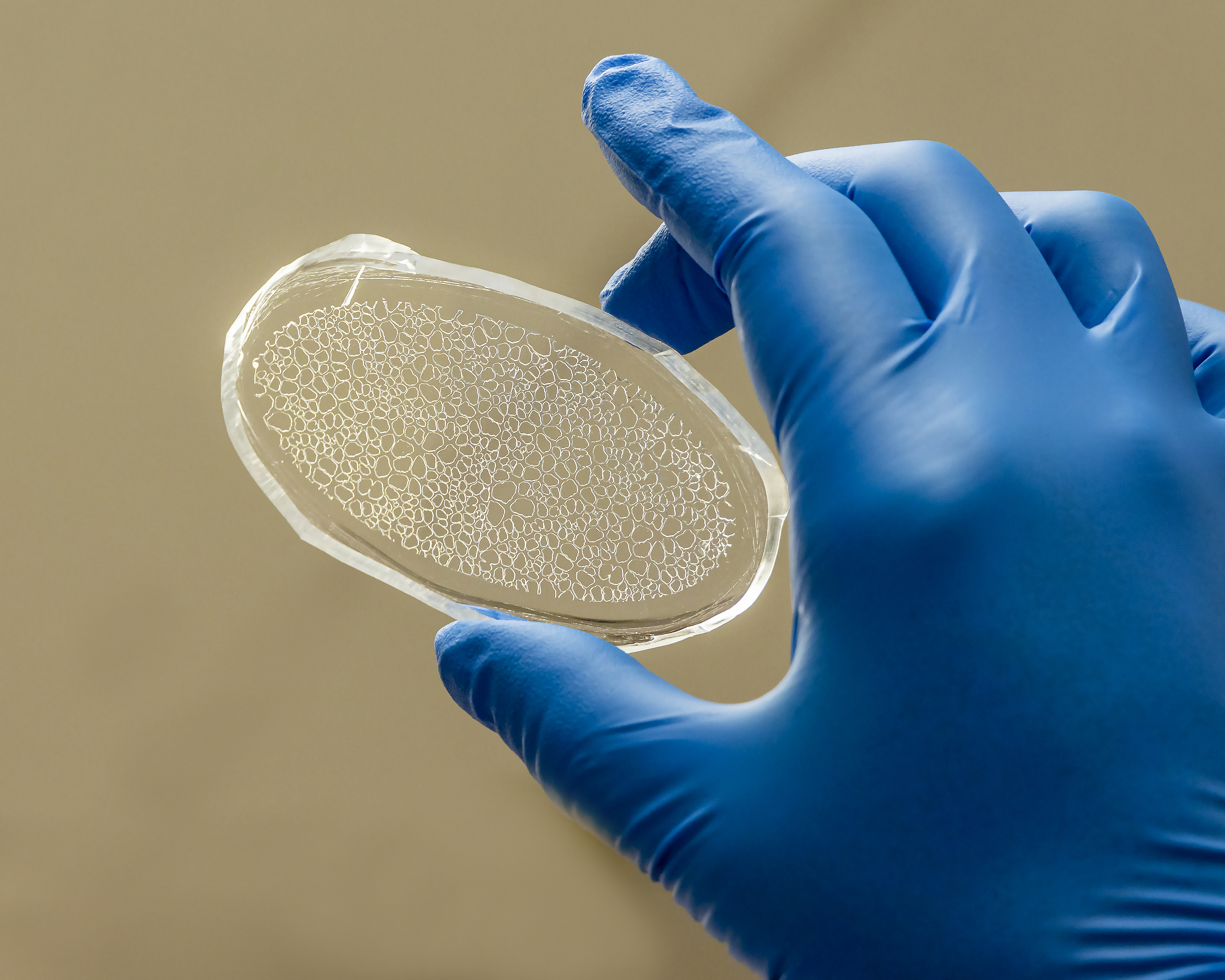
Unearthing the secrets of plant health, carbon storage with rhizosphere-on-a-chip
Scientists at the Department of Energy’s Oak Ridge National Laboratory have created a miniaturized environment to study the ecosystem around poplar tree roots for insights into plant health and soil carbon sequestration.
Capturing carbon with crops, trees and bioenergy
An integrated approach to land management practices in the U.S. can reduce carbon dioxide in the atmosphere far more than earlier estimates based on separate approaches, Michigan State University researchers say. Their research was published in the journal Global Change Biology.
Iowa State team receives XPRIZE Carbon Removal milestone award for innovative vision to remove carbon from the atmosphere
An Iowa State University research team has received a $1 million XPRIZE milestone award for its efforts to remove carbon dioxide from the atmosphere to combat climate change. The carbon removal team at the Bioeconomy Institute will use the award to advance its vision of using pyrolysis to turn biomass from crop residues and other sources into a soil amendment and other valuable products.
Healable carbon fiber composite offers path to long-lasting, sustainable materials
Researchers have created a new type of carbon fiber reinforced material that is as strong and light as traditionally used materials, but can be repeatedly healed with heat, reversing any fatigue damage. This also provides a way to break it down and recycle it when it reaches the end of its life.
Save the planet (and your health) by steering clear of sweets and pastries
Need another reason to cut back on sugary foods and drinks, apart from an expanding waistline? They’re not helping the environment, contributing to a higher cropland, water scarcity and ecological footprint, according to a new review led by the University of South Australia.
UCI becomes two-time recipient of STARS Platinum rating for sustainability efforts
For a second time, the University of California, Irvine has achieved a rare platinum rating through the Association for the Advancement of Sustainability in Higher Education’s Sustainability Tracking, Assessment & Rating System, maintaining its status as one of the environmentally outstanding universities in the world.
What is “soil carbon”?
Both frozen carbon dioxide and organic matter are important forms of soil carbon
Danforth Center and Salk plant researchers launch collaboration to breed carbon-capturing sorghum
Researchers at the Salk Institute’s Harnessing Plants Initiative have established a five-year, $6.2 million collaboration with Dr. Nadia Shakoor and her team at the Danforth Center to identify and develop sorghum plants that can better capture and store atmospheric carbon.
Efficiency Leap in Separating Para-xylene Using New Carbon Membranes
.Researchers at Georgia Tech have uncovered new insights into the fabrication of carbon membranes that have the potential to drive significant cost savings once the solution for xylene isolation separation is scaled for industrial use.

FSU researchers find La Niña increases carbon export from Amazon River
When La Niña brings unusually warm waters and abnormal air pressure to the Pacific Ocean, the resulting weather patterns create an increase in the carbon export from the Amazon River, new research from Florida State University has found.

California’s carbon mitigation efforts may be thwarted by climate change itself
Irvine, Calif., July 22, 2021 – To meet an ambitious goal of carbon neutrality by 2045, California’s policymakers are relying in part on forests and shrublands to remove CO2 from the atmosphere, but researchers at the University of California, Irvine warn that future climate change may limit the ecosystem’s ability to perform this service.
$10M grant funds study of dairy’s carbon footprint
A new $10 million grant aims to help the U.S. dairy industry become at least carbon neutral while supporting farmer livelihoods – providing important insight for New York state, which ranks fourth in milk production nationwide.
National research centre signals cleaner future for heavy industry
Australia’s leading companies in the heavy industrial sector will embark on a program that will enable a step-change in the rate at which they transition toward zero net-carbon emissions through the Heavy Industry Low-carbon Transition Cooperative Research Centre (HILT CRC).
Researchers reveal complex ecosystem changes cause more greenhouse gases to be emitted from peatlands
Peatlands, which make up 3 percent of Earth’s total land area, are known by a number of names — moors, mires, bogs, swamps and portions of permafrost tundra. They also store a significant amount of the Earth’s carbon. A research team from Florida State University and Georgia Institute of Technology are paying close attention to these complicated systems because they’ve found that the warming Earth is stimulating complex ecosystem changes with the end result of even more greenhouse gases being released into the air.
Key to Carbon-Free Cars? Look to the Stars
In a decade-long quest, scientists at Berkeley Lab, the University of Hawaii, and Florida International University uncover new clues to the origins of the universe – and land new chemistry for cleaner combustion engines
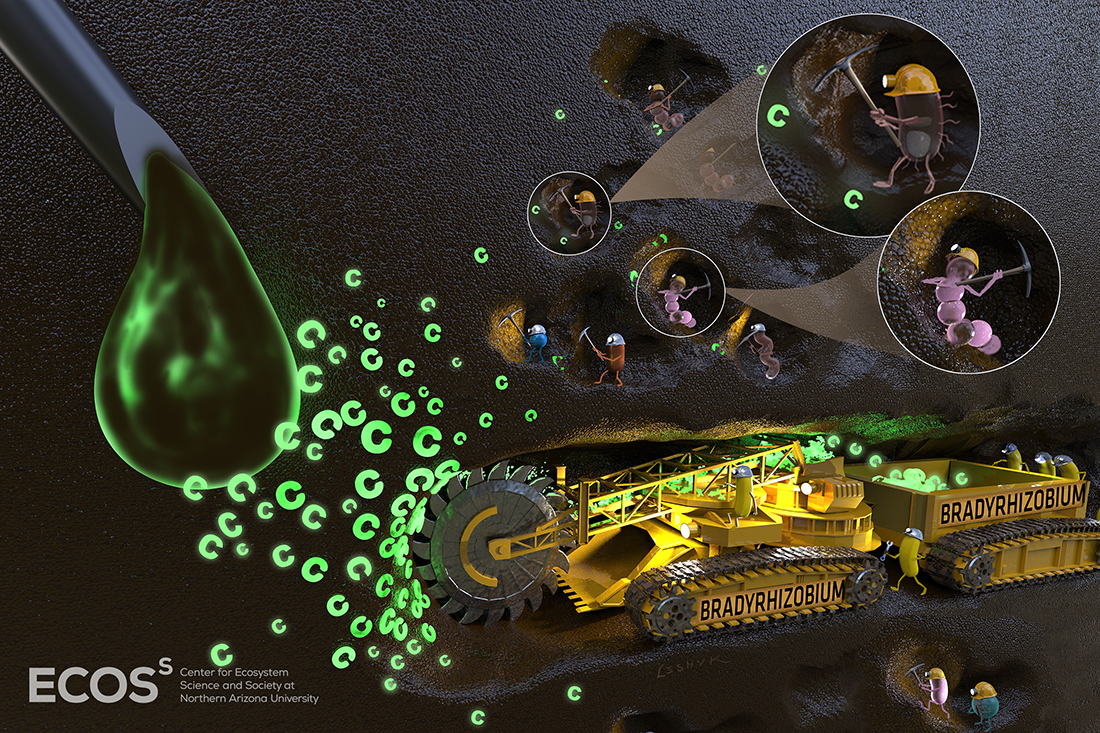
New study shows a few common bacteria account for majority of carbon use in soil
Just a few bacterial taxa found in ecosystems across the planet are responsible for more than half of carbon cycling in soils, according to new findingsfrom researchers at Northern Arizona University.
Rutgers Experts Available to Discuss New U.S. Greenhouse Gas Emissions Target
New Brunswick, N.J. (April 22, 2021) – Rutgers University–New Brunswick professors Robert E. Kopp and Pamela McElwee are available for interviews on President Biden’s new plan, unveiled on Earth Day, for the United States to roughly halve greenhouse gas emissions by 2030. “Stabilizing the global…
Rutgers Expert Available to Discuss Viral ‘Pandemics’ in Oceans
New Brunswick, N.J. (April 6, 2021) – Rutgers University–New Brunswick microbial oceanographer Kay D. Bidle is available for interviews on the persistent and profound impact of viral infections on algae in the oceans. These infections influence the Earth’s carbon cycle, which helps…
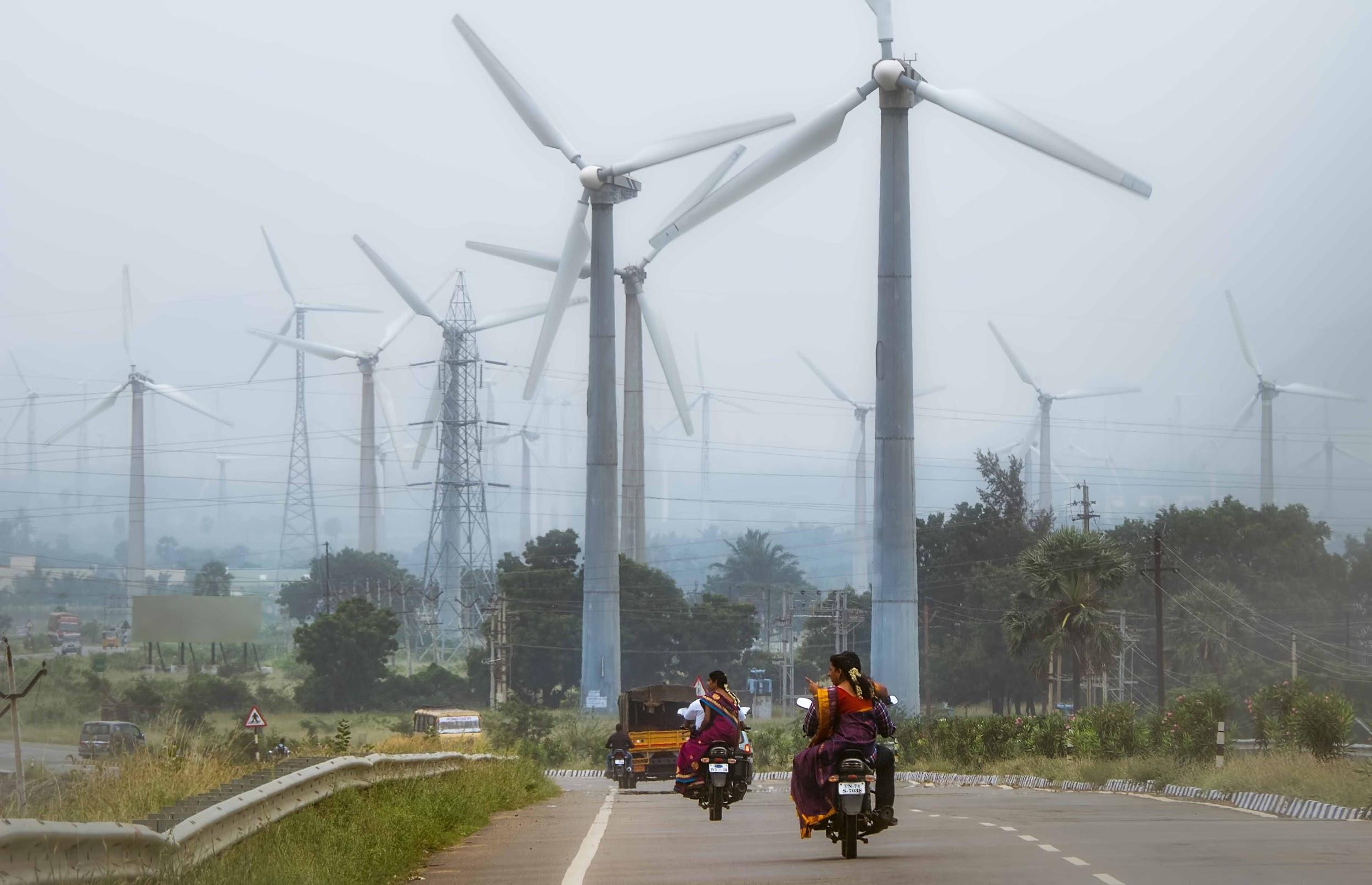
Science Snapshots From Berkeley Lab – Week of March 29, 2021
India’s Ambitious Clean Energy Goals, a Secret Pathway to Harnessing the Sun for Clean Energy, and a Supersmart Gas Sensor for Asthmatics

Engineering of the Mississippi River has kept carbon out of the atmosphere, according to new study
The study by Tulane University scientists sets out to learn more about organic carbon that is transported in large quantities by the Mississippi River.
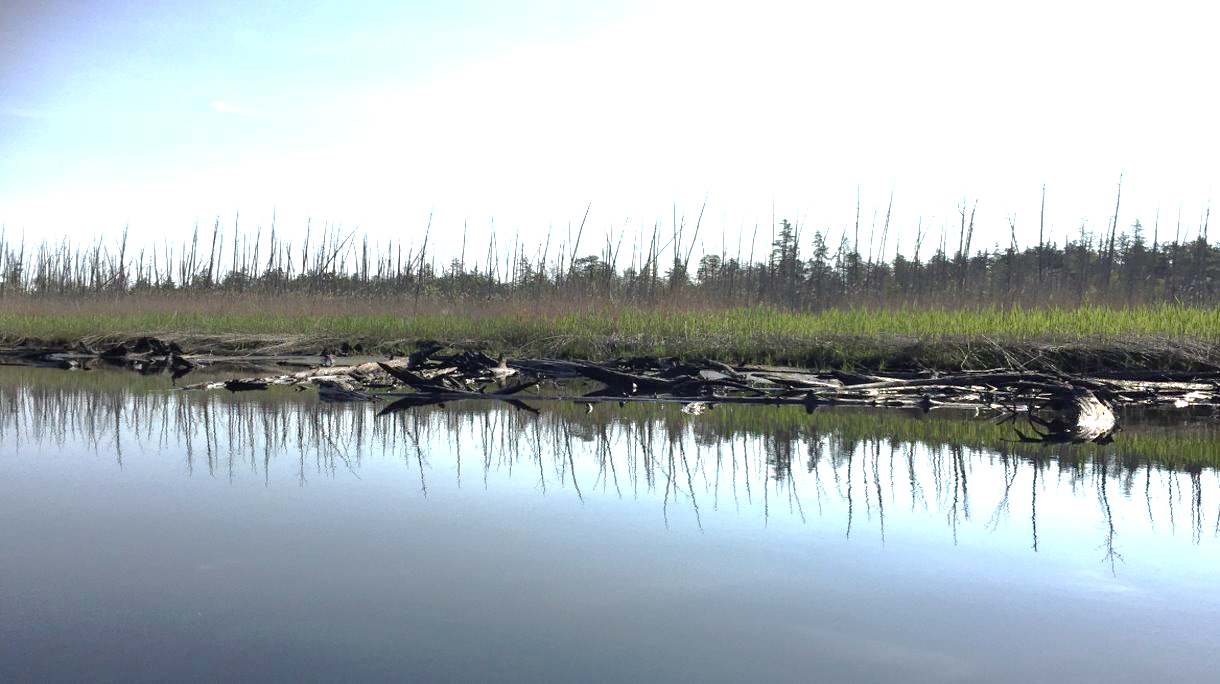
“Ghost Forests” Expanding Along Northeast U.S. Coast
Why are “ghost forests” filled with dead trees expanding along the mid-Atlantic and southern New England coast? Higher groundwater levels linked to sea-level rise and increased flooding from storm surges and very high tides are likely the most important factors, according to a Rutgers study on the impacts of climate change that suggests how to enhance land-use planning.
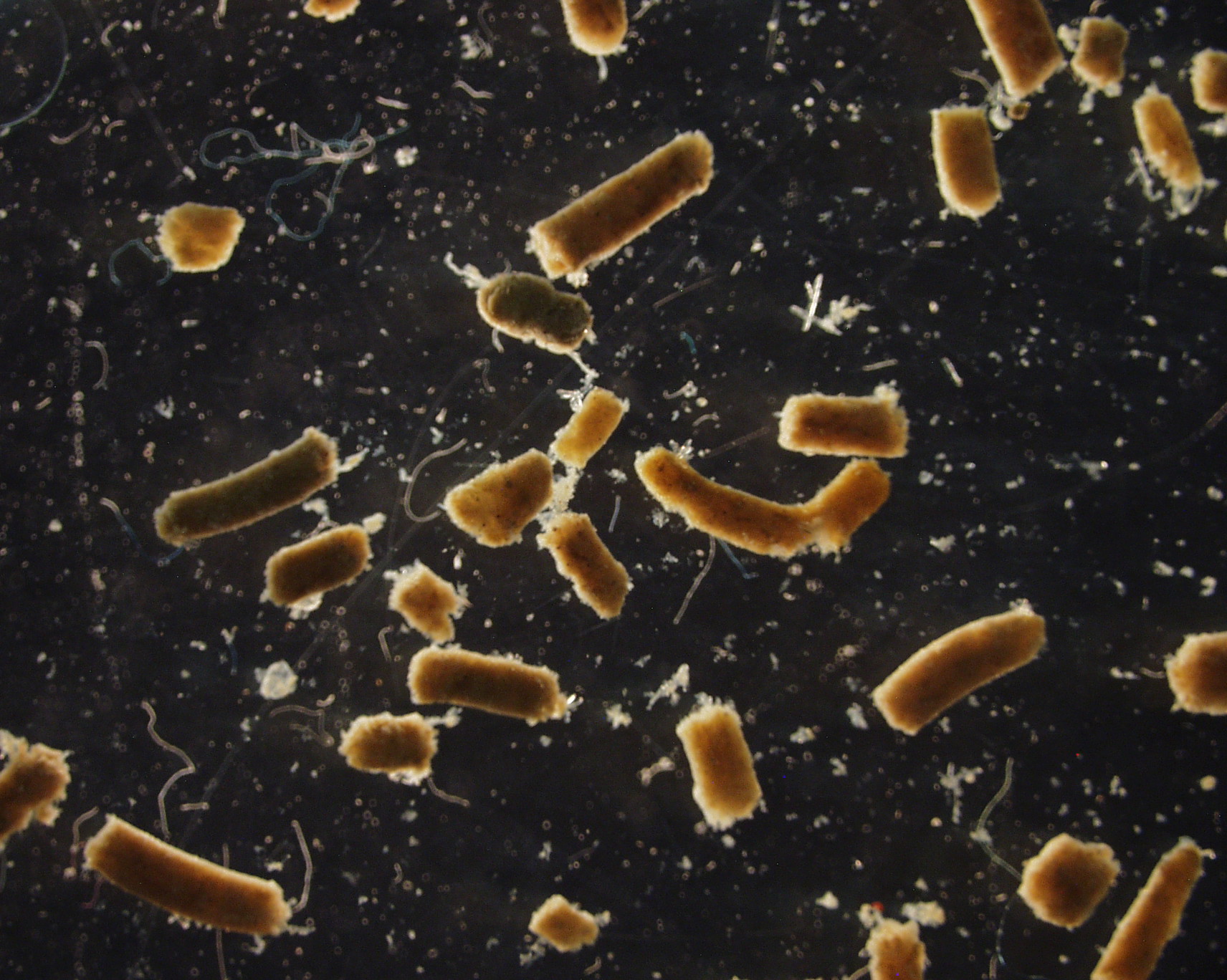
Fishes Contribute Roughly 1.65 Billion Tons of Carbon in Feces and Other Matter Annually
Scientists have little understanding of the role fishes play in the global carbon cycle linked to climate change, but a Rutgers-led study found that carbon in feces, respiration and other excretions from fishes – roughly 1.65 billion tons annually – make up about 16 percent of the total carbon that sinks below the ocean’s upper layers.
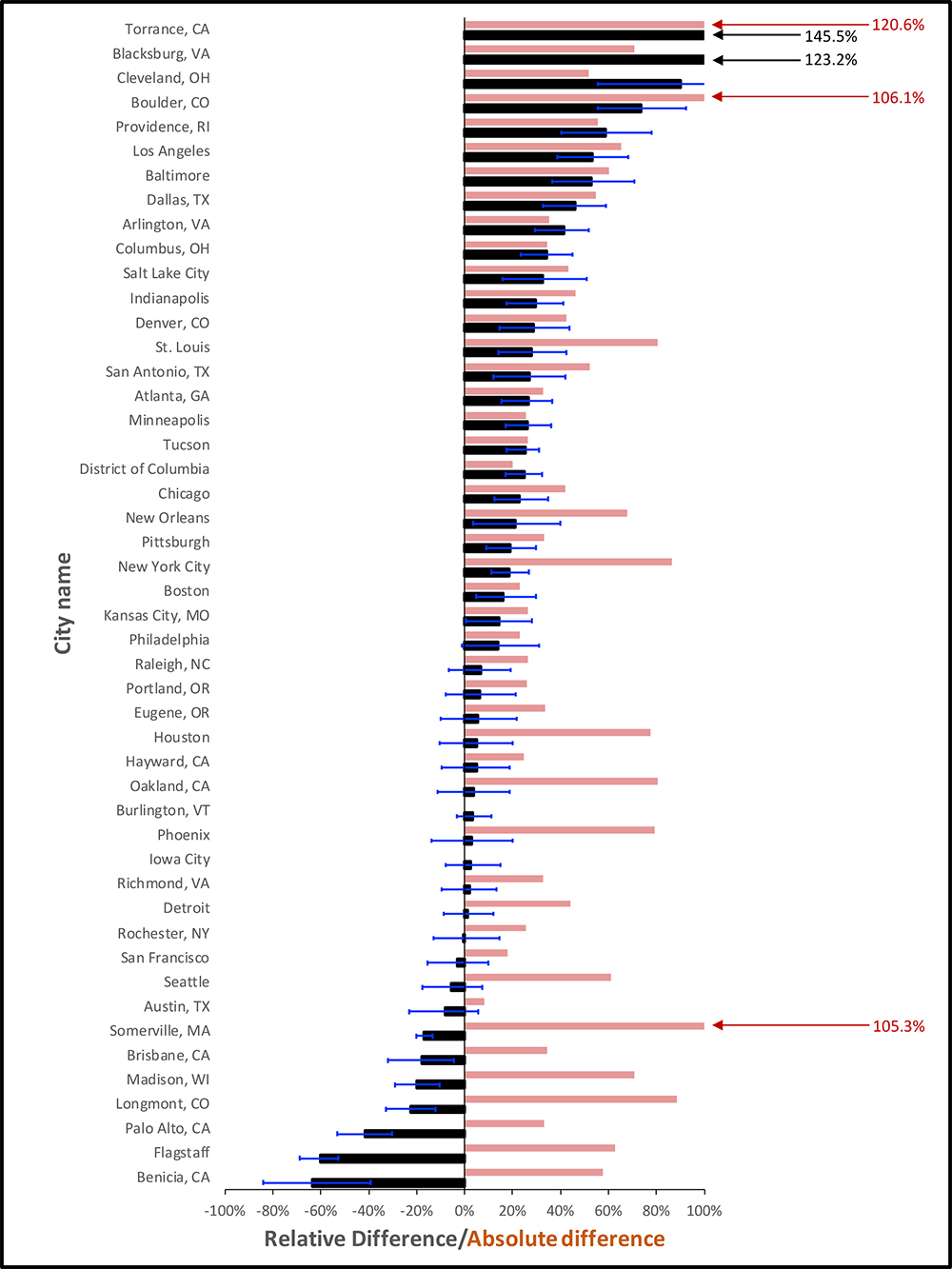
NAU study indicates that U.S. cities underestimate their greenhouse gas emissions by nearly 20 percent on average
Some cities’ self-reported emissions are as much as 145 percent below standardized estimates, distorting the data on which climate change policy actions are based.
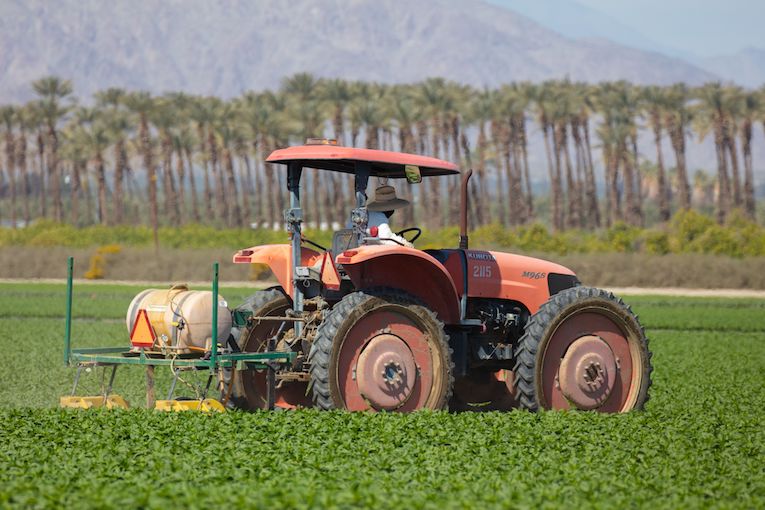
Up-trending farming and landscape disruptions threaten Paris climate agreement goals
Irvine, Calif., Jan. 27, 2021 — One of President Joe Biden’s first post-inauguration acts was to realign the United States with the Paris climate accord, but a new study led by researchers at the University of California, Irvine demonstrates that rising emissions from human land-use will jeopardize the agreement’s goals without substantial changes in agricultural practices.

Experiments at the National Ignition Facility probe carbon at record pressures
Decades of studies have shown that carbon’s crystal structure has a significant impact on material properties. In addition to graphite and diamond, the most common carbon structures found at ambient pressures, scientists have predicted several new structures of carbon that could be found above 1,000 gigapascals (GPa). These pressures, approximately 2.5 times the pressure in Earth’s core, are relevant for modeling exoplanet interiors but have historically been impossible to achieve in the laboratory. That is, until now. Under the Discovery Science program, which allows academic scientists access to Lawrence Livermore National Laboratory’s (LLNL) flagship National Ignition Facility (NIF), an international team of researchers led by LLNL and the University of Oxford has successfully measured carbon at pressures reaching 2,000 GPa (5 times the pressure in Earth’s core), nearly doubling the maximum pressure at which a crystal structure has ever been directly probed.

World’s Largest Lakes Reveal Climate Change Trends
Sixteen years of remote sensing data reveals that in Earth’s largest freshwater lakes, climate change influences carbon fixation trends.

Remote Sensing Expert: World’s Largest Lakes Reveal Climate Change Trends
Mike Sayers, Michigan Tech Research Institute research scientist, is available to speak to using remote sensing to discover how climate change affects the world’s largest freshwater lakes, which account for 50% of the Earth’s surface freshwater. Sayers’ NASA-funded research shows how…
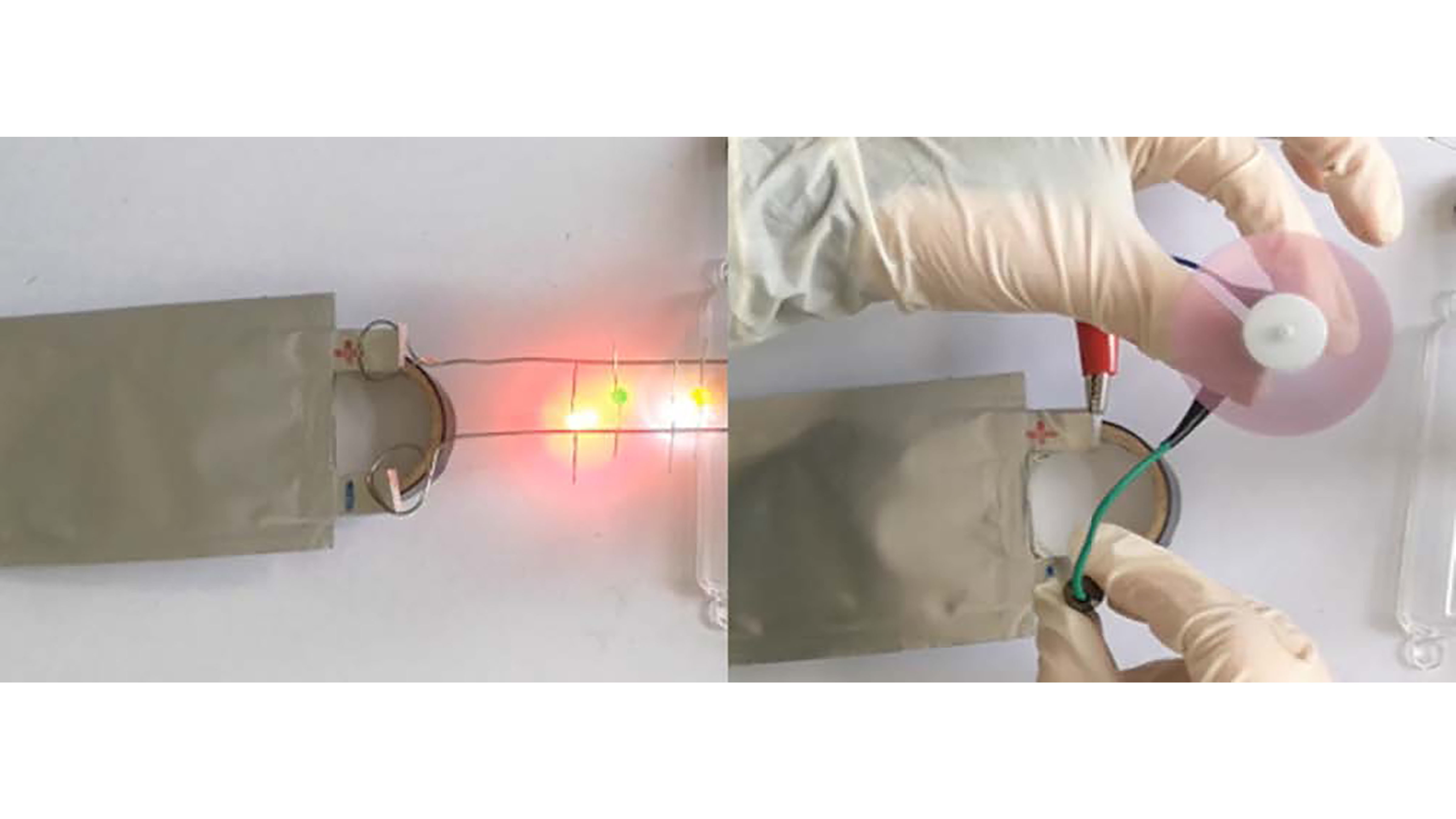
Can Sodium-Ion Batteries Replace Trusty Lithium-Ion Ones?
Sodium-ion batteries are a potential replacement for lithium batteries, but different anodes are needed for the same level of performance. Amorphous carbon is known to be a useful anode, because it has defects and voids that can be used to store sodium ions. Nitrogen/phosphorus-doped carbon also offers appealing electrical properties. In Applied Physics Reviews, researchers describe how they applied basic physical concepts of atomic scale to build high-performance anodes for sodium-ion batteries.